MOVIE REVIEW – Daisy Edgar Jones in a dark-flavoured mystery drama.
“Where the Crawdads Sing” is the story of a girl abandoned by her family, who lives in a swamp and is accused of killing the boy with whom she allegedly had a relationship.

Forced by circumstances to fend for herself since childhood, Kya Clark builds herself in an almost unbelievable way, supported by her connection to the swamp, to the animal and plant life that surrounds her.
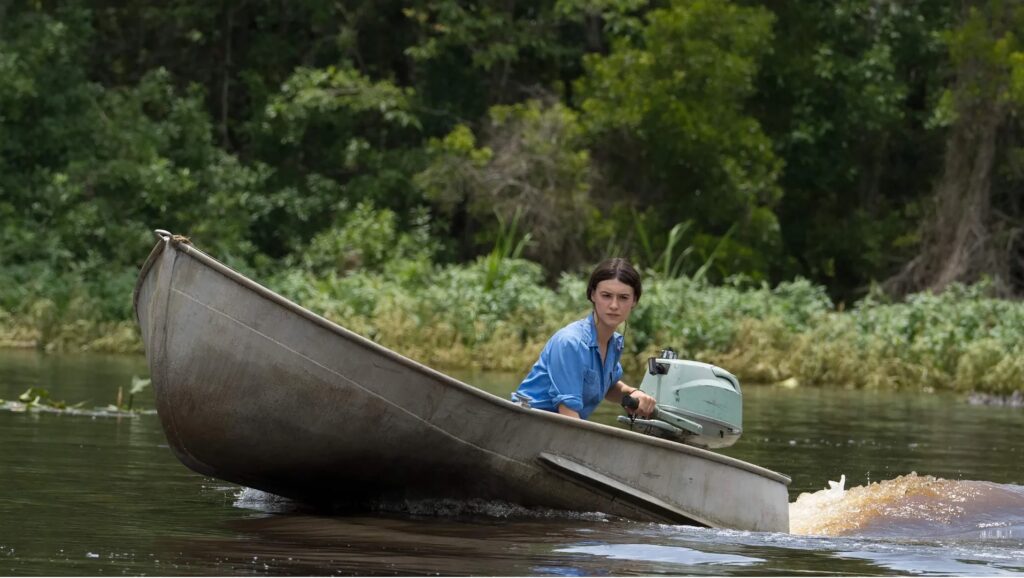
There are some protectors, a few, and more than enough predators in this story leaving you with an amalgam of picturesque natural images (the cinematography is absolutely gorgeous) filled with gestures revealing essential human dimensions – resilience, superficiality and prejudice, kindness, generosity, patience, perceptiveness, talent.

The events take place between the 1950s and the 1970s, therefore the rhythm of those years of transformation, with all the social inequalities of that time is added to the atmosphere of the dusty small town on the edge of a swamp. An old-fashioned vibe, which could lean towards the idyllic if it weren’t for the multitude of traumatic facts that rain down on the main character, from abandonment and abuse, to intimidation and violence.
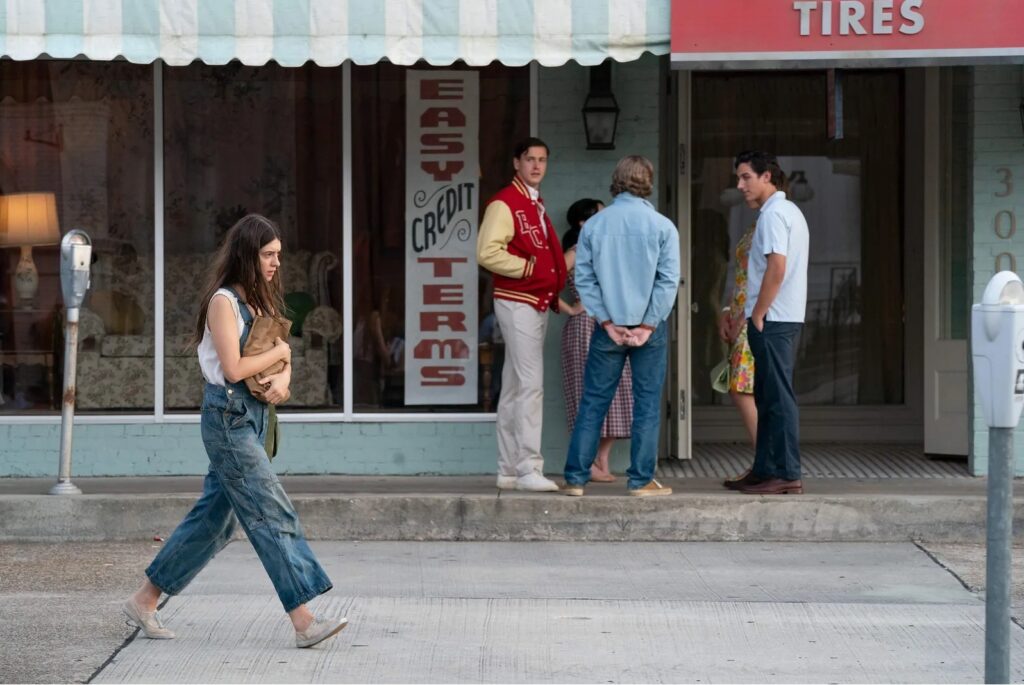
Character building and spectacular nature
Despite the many adversities, through an almost invisible determination, masked by emotion, sensitivity and silence, Kya holds on to her way of becoming, relentless and unstoppable. The way that she accepts life’s disappointments and learns from them, the naturalness that accompanies her tenacity, the grace of a liana, fragile yet strong, the dignity preserved in the moments of despair, the unexpected strength with which she fights back, the wise lucidity of understanding her situation in the context of prejudice and discrimination are the memorable traits of a truly inspirational character. Daisy Edgar Jones’s convincing interpretation (I’ve seen her before in “Fresh”, alongside the Romanian Sebastian Stan) is the main point of attraction of the movie, followed by the truly fascinating nature scenes.
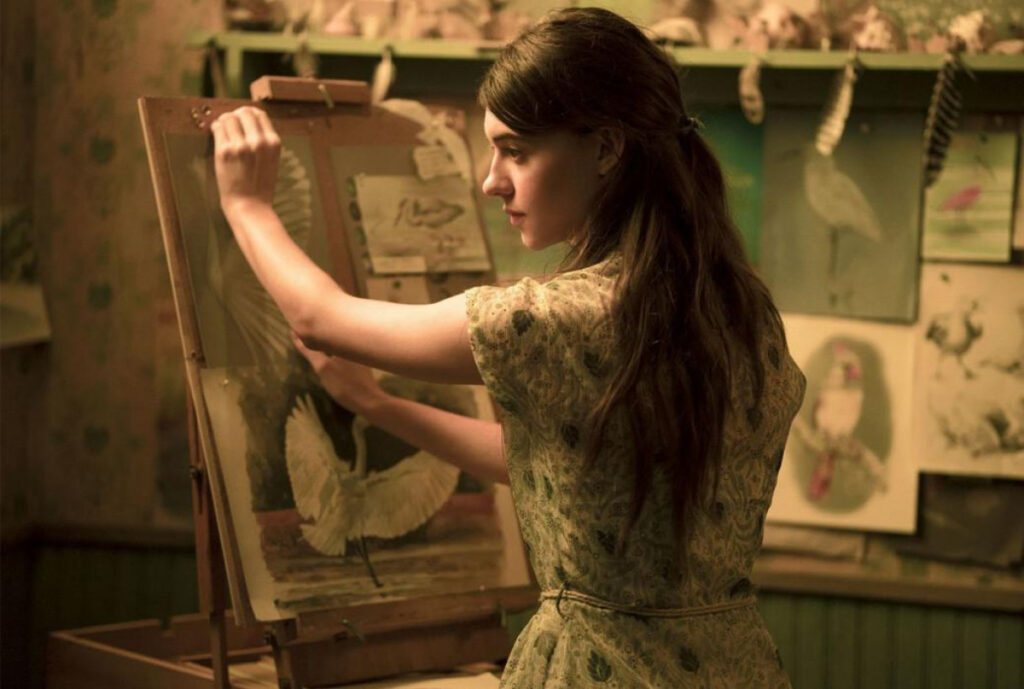
Nature is a character in itself, rich, enveloping, powerful, emanating an almost contagious sense of freedom and meaning to the viewer in front of the screen. The action is set in North Carolina, but the filming was done in Louisiana.
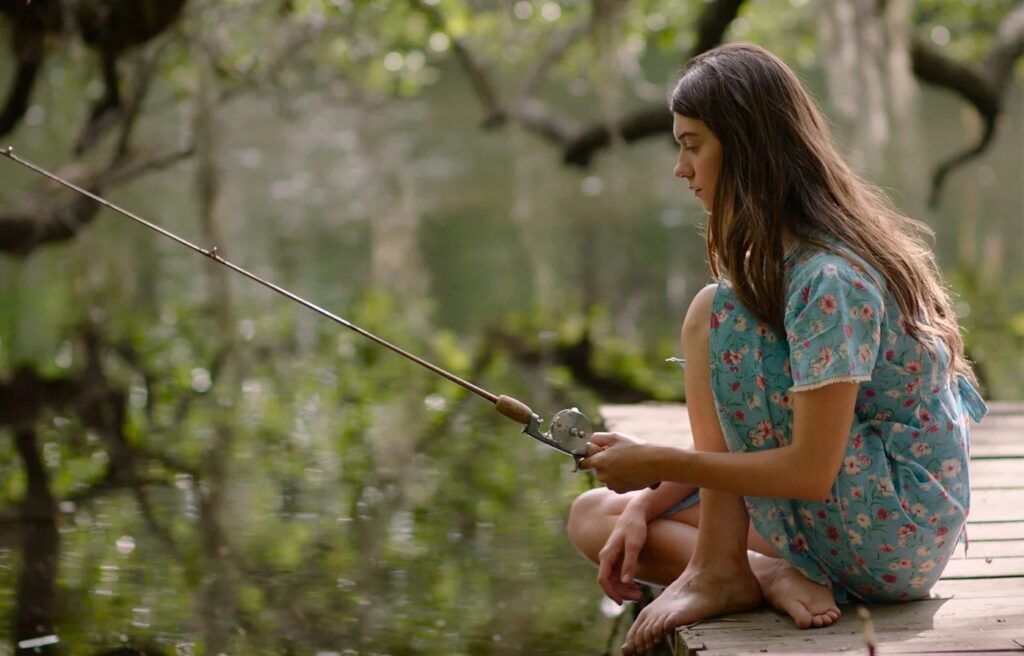
Challenge, sidestep, resolution
The male characters are somewhat secondary in this story, meant to highlight the dimensions of the “Marsh Girl” (as Kya was nicknamed around town) who evolves in relation to them: the abusive father (played by Garret Dillahunt), the friend/tutor (played by Taylor John Smith ), the protective general store owner (Sterling Macer Jr.), the slippery boyfriend (I hardly recognized Harris Dickinson from “Triangle of Sadness”), the generous and good-natured lawyer (I was glad to see the “old friend’s face” expression of David Strathairn).

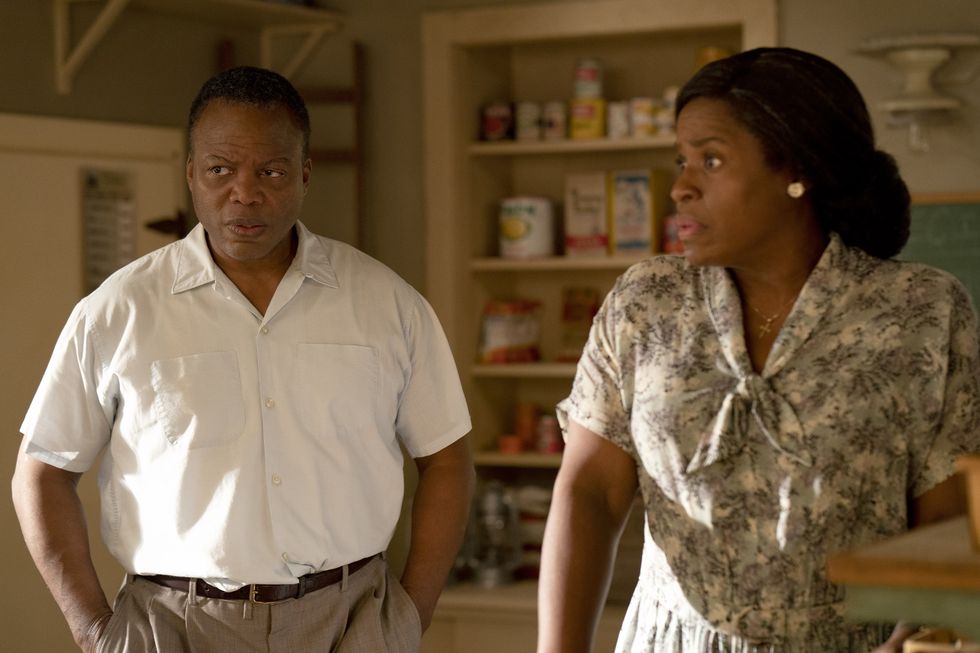
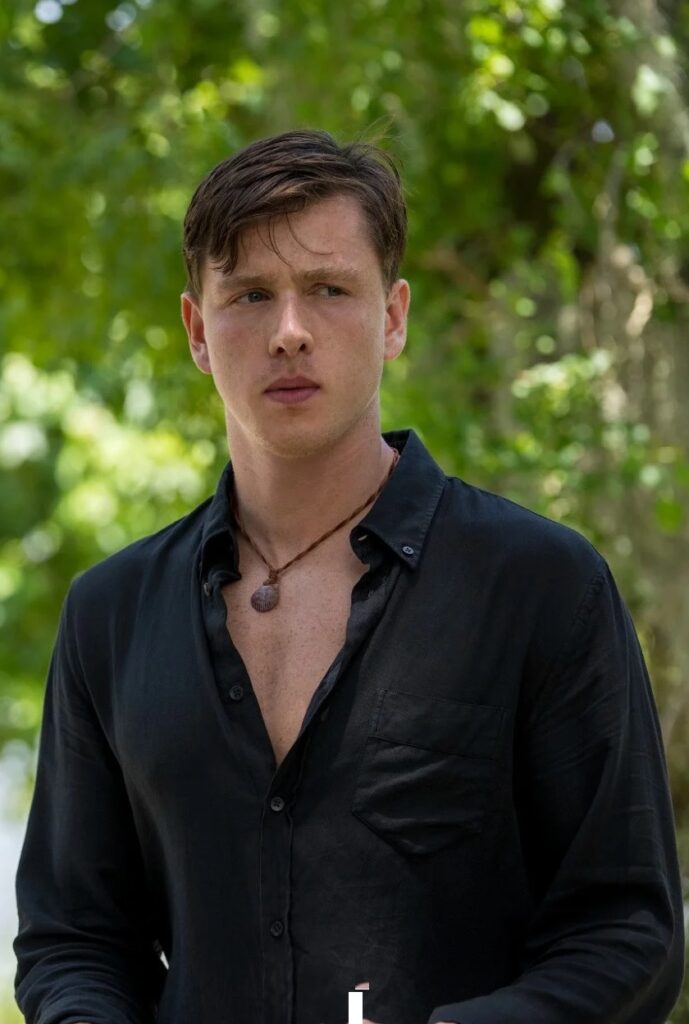
Another easy-to-remember supporting character is Jumpin’s wife, Mabel, played by Michael Hyatt, who carries the message of the small act of kindness done in a split second, the ray of sunshine in a hostile world.
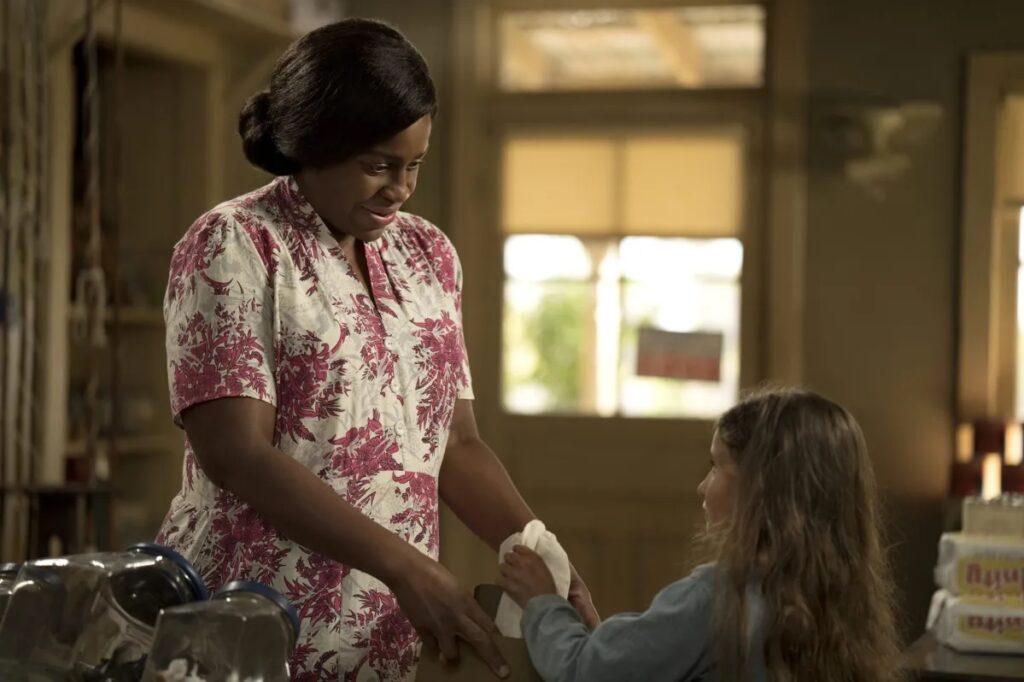
The murder case finds its solution in the last minutes of the film, leaving you with the satisfaction of closing the circle and with the thought that nature’s balance sometimes finds its reflection in the crooked world of people.
The film is based on the book of the same name by Delia Owens (who appears for a few seconds in the court scene), director Olivia Newman succeeded in delivering an adaptation much appreciated by the public. Not so much by the critics, but I guess you can’t have it all.
My perspective only discussed the movie as such, without having read the book, to give it a chance to express itself. You can find it on HBO Max and enjoy it on a quiet evening.
Photo credits: Sony Pictures/Michele K Short; Landmark Media/Alamy
Quotes extracted from Kya Clark’s narrations
“Acolo unde cântă racii”
“Where the Crawdads Sing” este povestea unei fete abandonate de familia ei, care trăiește într-o mlaștină și este acuzată de uciderea băiatului cu care ar fi avut o relație.
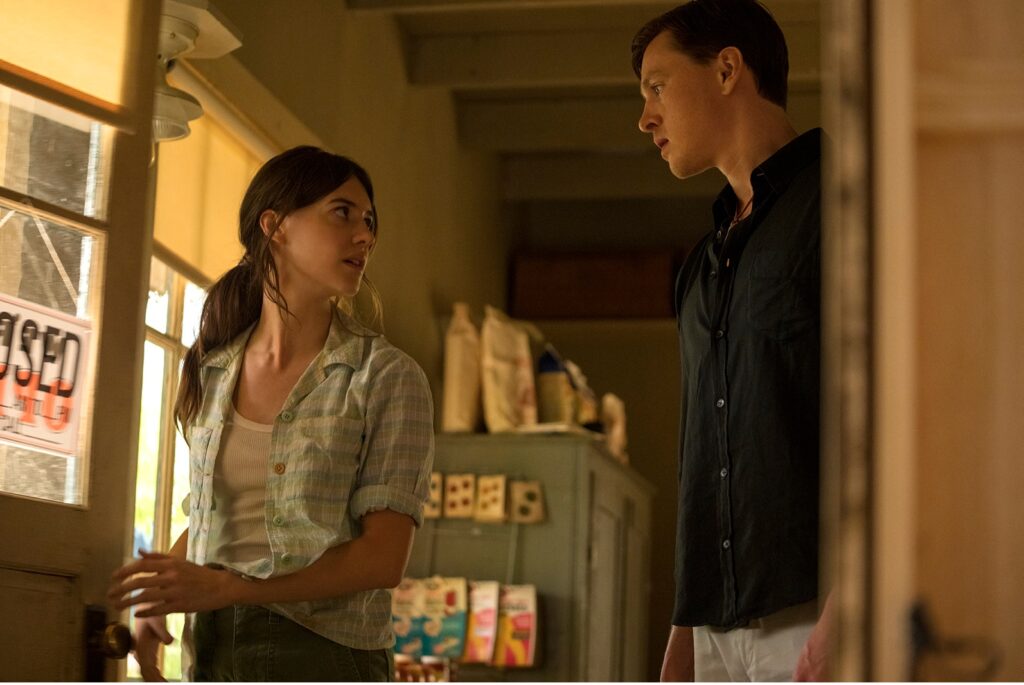
Forțată de împrejurări să se descurce singură încă din copilărie, Kya Clark se construiește pe sine într-un mod aproape incredibil, fiind susținută de legătura ei cu mlaștina, cu formele de viață animală și vegetală care o înconjoară.
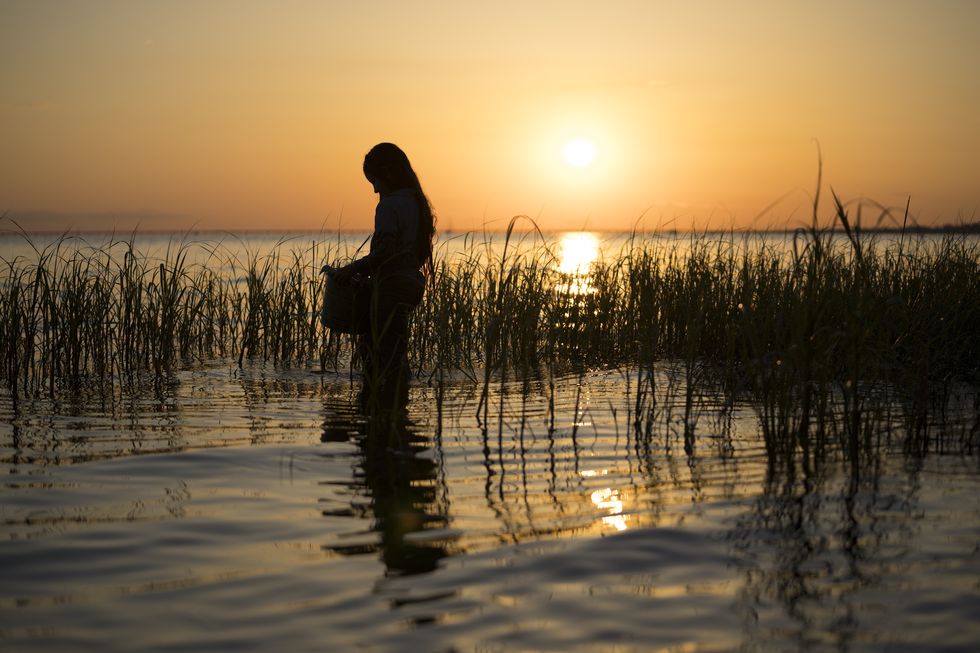
Există și câțiva protectori, puțini, există și prădători, destui, în această poveste din care reții un amalgam de imagini naturale spectaculoase (cinematografia este absolut superbă) populat cu gesturi care redau dimensiuni umane esențiale – rezistență interioară, superficialitate și prejudecată, bunătate, generozitate, răbdare, receptivitate, talent. Evenimentele se petrec în perioada anilor ’50 – ’70, ceea ce face ca atmosferei de mic orășel prăfuit de la marginea unei mlaștini să i se suprapună ritmul acelor ani de transformare, cu toate inegalitățile sociale de atunci. Desuetă, atmosfera ar putea tinde spre idilic de n-ar fi multitudinea de fapte traumatizante care plouă peste personajul principal, de la abandon și abuz, la intimidare și violență. În ciuda numeroaselor adversități, printr-o determinare aproape invizibilă, mascată de emoție, sensibilitate și tăcere, Kya își vede de drumul ei de devenire, din care nu o oprește nimeni și nimic. Modul în care acceptă dezamăgirile vieții și învață din ele, firescul care-i însoțește tenacitatea, grația de plantă fragilă, dar puternică, în același timp, demnitatea păstrată în momente de disperare reală, forța nebănuită cu care ripostează, luciditatea înțeleaptă cu care își înțelege situația în contextul prejudecății și discriminării sunt reperele memorabile ale unui personaj inspirațional. Interpretarea convingătoare a lui Daisy Edgar Jones (am mai văzut-o în “Fresh”, alături de românul Sebastian Stan) este punctul principal de atracție al peliculei, urmat de scenele de natură cu adevărat fascinante. Natura este un personaj în sine, bogat, învăluitor, puternic, emanând un sentiment de libertate și de sens aproape contagios pentru privitorul din fața ecranului. Acțiunea este plasată în North Carolina, dar filmările au fost realizate în Louisiana.
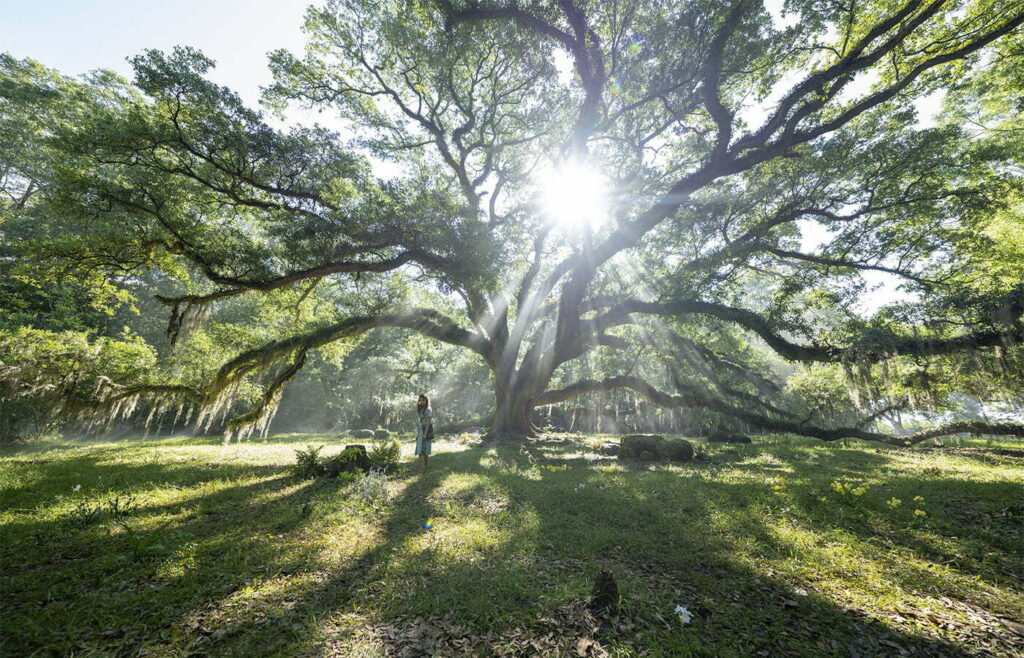
Personajele masculine sunt cumva secundare în această poveste, menite să evidențieze dimensiunile lui „Marsh Girl” (cum era poreclită Kya în oraș), care evoluează în raport cu ele: tatăl abuziv (Garret Dillahunt), prietenul/învățător (interpretat de Taylor John Smith), protectorul șef de prăvălie (Sterling Macer Jr.), iubitul alunecos (cu greu l-am recunoscut pe Harris Dickinson din “Triangle of Sadness”), avocatul generos și bonom (m-am bucurat să revăd mina de prieten vechi a David Strathairn).
Un alt personaj-suport ușor de reținut este Mabel, soția lui Jumpin’, interpretată de Michael Hyatt, care poartă mesajul gestului mic de bunătate făcut într-o secundă, raza de soare dintr-o lume ostilă.
Cazul de crimă își găsește rezolvarea în ultimele minute ale filmului, lăsându-te cu satisfacția închiderii cercului și cu gândul că echilibrul din natură își găsește uneori reflexia și în lumea strâmbă a oamenilor.

Filmul este făcut după cartea cu același nume a Deliei Owens (care apare preț de câteva secunde în scena cu tribunalul), regizoarea Olivia Newman reușind o adaptare mult apreciată de public. Perspectiva mea a luat în discuție doar filmul, ca atare, fără să fi citit cartea, pentru a-i da șansa exprimării de sine stătătoare. Îl puteți găsi pe HBO Max și savura într-o seară liniștită.

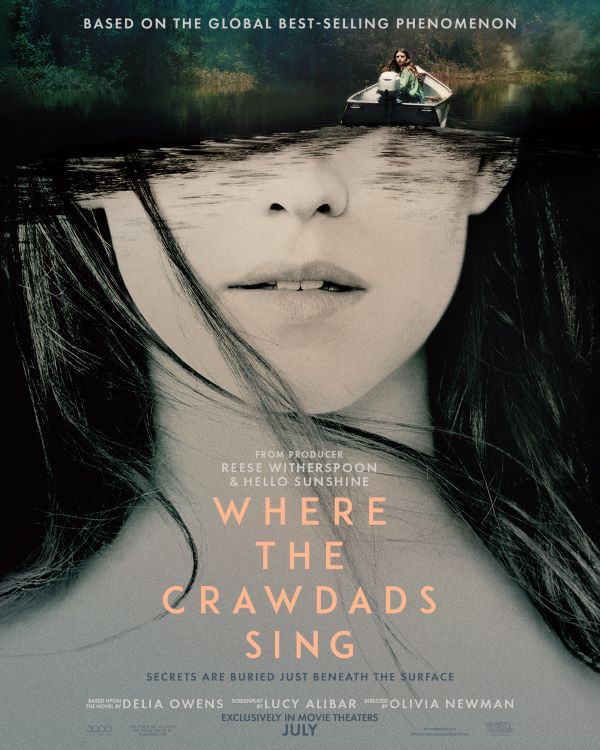


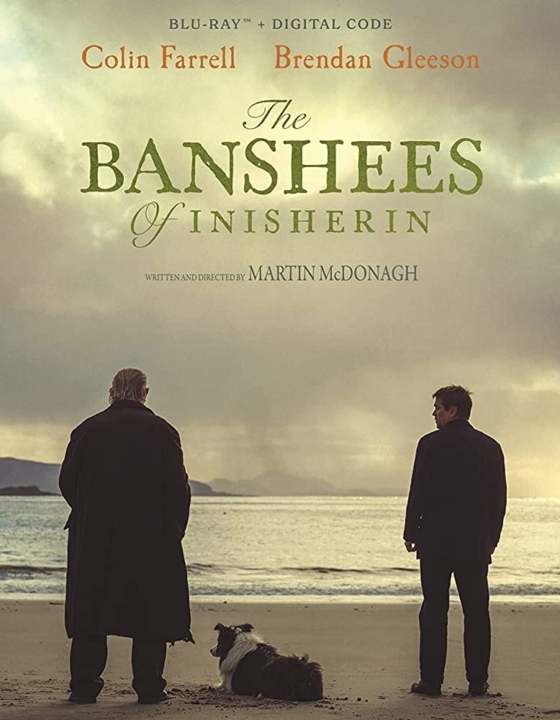

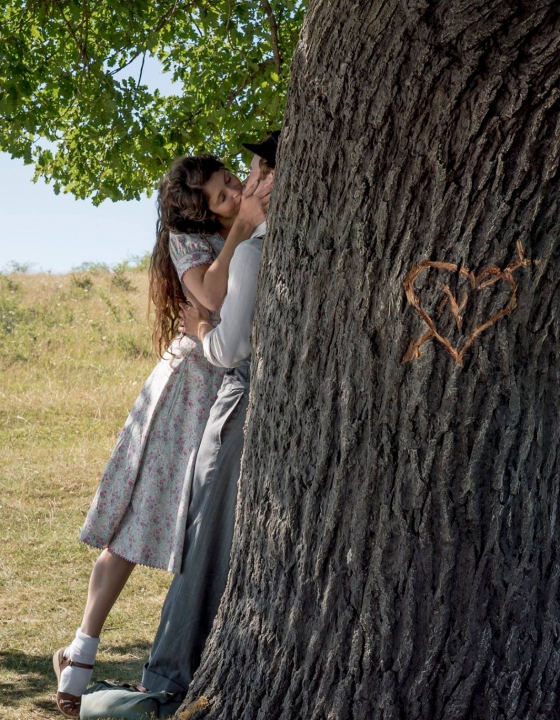






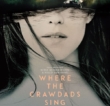


You must be logged in to post a comment.